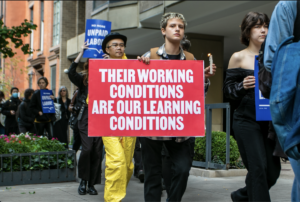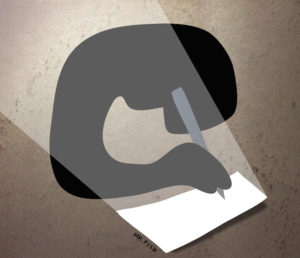Saving the Rave From Extinction
As cultural epochs go, the rave scene didn't last very long, and because mix tapes and foam parties don't translate well to radio replay, a small but important slice of America's musical history has vanished. Enter concerned ex-ravers who are working to restore those thumpy beats and archive them online.
As cultural epochs go, the rave scene didn’t last very long, and because mix tapes and foam parties don’t translate well to radio replay, a small but important slice of America’s musical history has vanished. Enter concerned ex-ravers who are working to restore those thumpy beats and archive them online.
Let’s face it, the Library of Congress doesn’t know Acid Boy from Avril Lavigne, and so it falls to a couple of grown-up ravers to donate their time and money to the project.
The Rave Archive collects zines and music, and it welcomes submissions from other would-be archivists.
Of course electronic music hasn’t gone anywhere, but there’s a huge difference between a giant expensive festival and an illegal warehouse party. — PZS
Your support matters…BBC:
The rave scene was a flash in the pan of American youth culture.
As the music emerged largely from small independent labels and distributed on vinyl and cassette tapes, the industry has not undertaken a broad effort to preserve what it produced.
From roughly 1991 to 2000, untold young people across the country packed into nightclubs, warehouses, catering halls – anywhere that could hold a sound system and a few hundred sweaty teenagers – and danced through the night.
Independent journalism is under threat and overshadowed by heavily funded mainstream media.
You can help level the playing field. Become a member.
Your tax-deductible contribution keeps us digging beneath the headlines to give you thought-provoking, investigative reporting and analysis that unearths what's really happening- without compromise.
Give today to support our courageous, independent journalists.





You need to be a supporter to comment.
There are currently no responses to this article.
Be the first to respond.